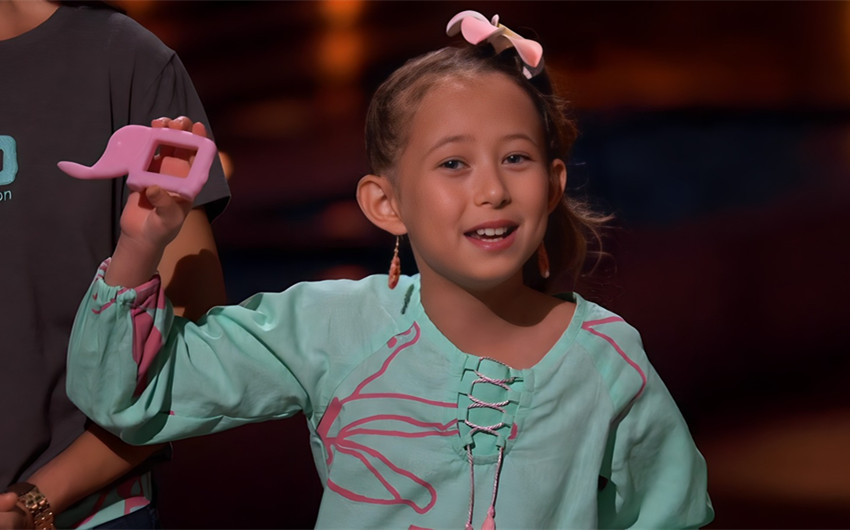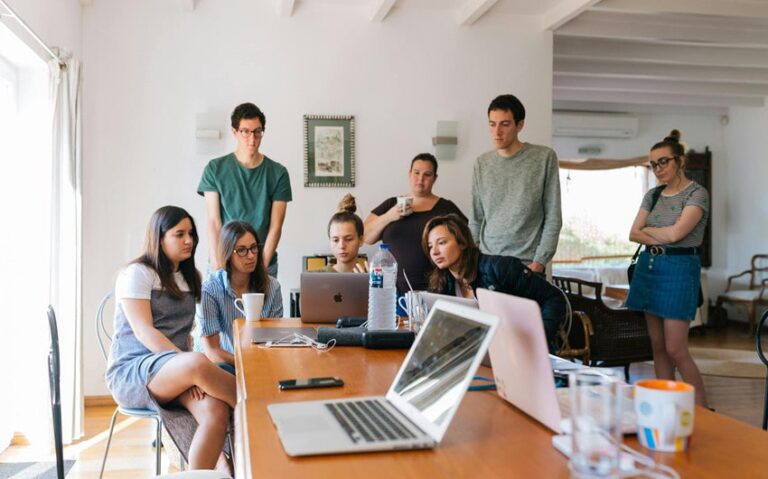Baby Toon’s Net Worth: How a Shark Tank Idea Became a Brand
When you first hear about Baby Toon’s net worth, you might expect it to be another case of a toy or baby brand engineered by big corporations. But the truth behind Baby Toon’s success is far more inspiring—and more personal. Baby Toon began not in a boardroom, but at a kitchen table, thanks to a 10-year-old girl from Hawaii named Kiara Akram. What started as a small idea to help her baby sister turned into a national product featured on Shark Tank, embraced by parents, and supported by one of the show’s most successful investors. Today, Baby Toon’s net worth represents not only commercial success, but the power of child-led innovation and family-driven determination.
What Is Baby Toon and Who Created It?
The Baby Toon isn’t just a teething toy. It’s a soft, baby-safe silicone spoon designed to be both a feeding utensil and a teether. Its round, flexible edges and compact handle make it easier and safer for babies to hold and use—without the risk of hurting themselves with sharp or rigid spoons. What makes the story even more remarkable is that the product was created by Kiara Akram when she was just 10 years old.
Kiara’s inspiration came from watching her baby sister chew on hard plastic spoons. Concerned about potential injury and long-term harm, she started sketching a safer alternative. With the help of her mother, she entered the Maui Economic Development Board’s KeikiCo Business Plan Competition, where her idea gained traction. But her journey didn’t stop with a science fair-style award—it took off when she landed a spot on one of the biggest platforms for entrepreneurs in America: Shark Tank.
The Shark Tank Moment That Changed Everything
Baby Toon made its national debut on Season 11, Episode 1 of Shark Tank, which aired in 2019. The pitch immediately stood out—not just because of the product, but because of Kiara’s poise and purpose. There’s something instantly compelling about a child entrepreneur who doesn’t just have an idea, but a mission behind it. Kiara walked in alongside her mother, who supported the business structure while letting Kiara take the lead in explaining the concept, the safety benefits, and how the product was already being used by families in Hawaii.
During the pitch, the sharks were visibly impressed, especially by Kiara’s confidence and clarity. It was Lori Greiner who saw the biggest opportunity. Known as the “Queen of QVC” and a consistent backer of family-oriented products, Lori offered Kiara a deal: $50,000 for 50% of the business. It was an even split, and Kiara, with the support of her mother, accepted.
That moment did more than secure funding—it gave Baby Toon national visibility overnight. Within days of the episode airing, the product’s website saw a huge surge in orders. Parents across the country were suddenly discovering a product that not only worked, but came with a story they wanted to support.
Sales Growth and Business Development After the Show
The Shark Tank effect is very real, and Baby Toon experienced it almost immediately. With Lori Greiner’s help, the company moved into larger-scale production, while keeping the original design and safety standards intact. Lori connected Kiara and her family with her network of manufacturers and logistics experts to meet the growing demand. Baby Toon also benefited from Lori’s powerful presence on QVC, where the product received excellent visibility and repeat sales.
Baby Toon became available not only through its website but also on Amazon and in select baby product stores. Its growing footprint was matched by consistently positive reviews, with parents praising the product’s softness, ease of cleaning, and peace of mind it gave them during feeding time.
The business remained a family affair. Kiara continued to stay involved, appearing in updates and promotional interviews, while her mother helped manage the operations side of things. The company stayed grounded in its original mission: to make feeding safer and more comfortable for babies.
Over time, Baby Toon expanded beyond its original single product by offering different colors and bundling options. It didn’t try to grow too fast or stray from its niche. That careful growth kept overhead low while allowing revenue to build steadily.
Today, the product is regularly stocked and available with reliable shipping, and it still enjoys waves of renewed interest whenever reruns of Shark Tank air or when media outlets pick up the story of its origin.
So, What Is Baby Toon’s Net Worth Today?
Now for the real question: what is Baby Toon’s net worth in 2025? While Baby Toon is a private company and doesn’t release official financial statements, several reliable estimates place the brand’s valuation in the range of $1 million to $2 million. This figure is based on product pricing, sales volumes post-Shark Tank, and continued availability through major online retailers.
The initial $50,000 investment by Lori Greiner helped propel the company into mass production and e-commerce, and based on typical post-Shark Tank performance, Baby Toon likely generated six-figure revenue within its first year of national exposure. With steady sales, minimal overhead (it’s a single-SKU product with few moving parts), and smart inventory management, the company has been able to maintain a lean but profitable business model.
What’s even more valuable than the numbers is the brand’s potential. Baby Toon sits in a unique space: a product that’s functional, endorsed by medical professionals, and emotionally resonant because of its story. That combination means future licensing deals, potential retail partnerships, and even expanded product lines remain on the table. If Kiara and her team decide to develop more baby-safe utensils or teething products, they’ve already laid the foundation for consumer trust.
So while the current net worth may be modest by corporate standards, Baby Toon is positioned to scale slowly and meaningfully—a model that often leads to stronger long-term success than aggressive early expansion.
Featured Image Source: looper.com







